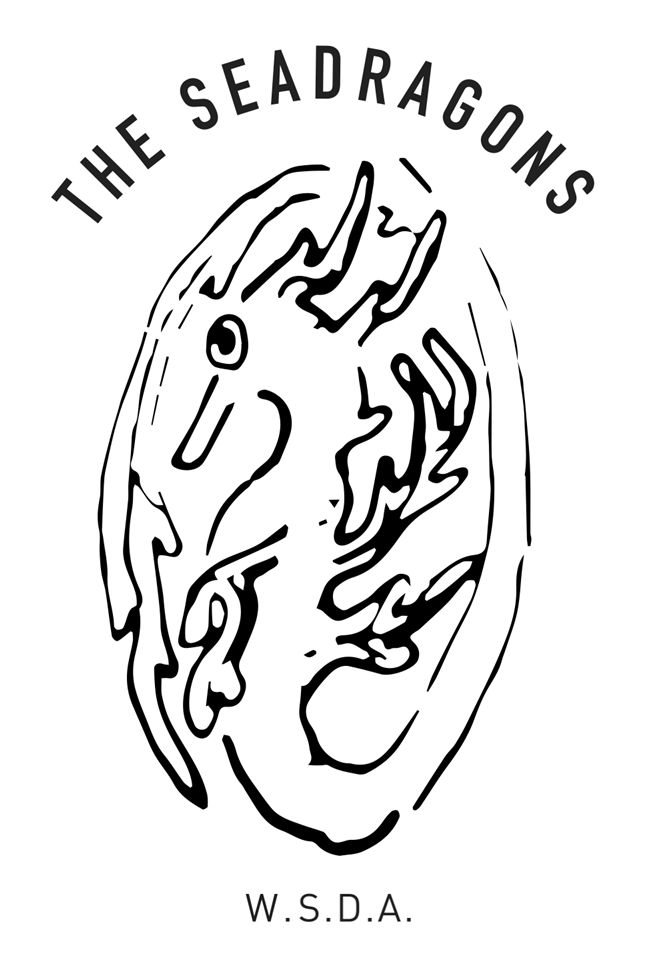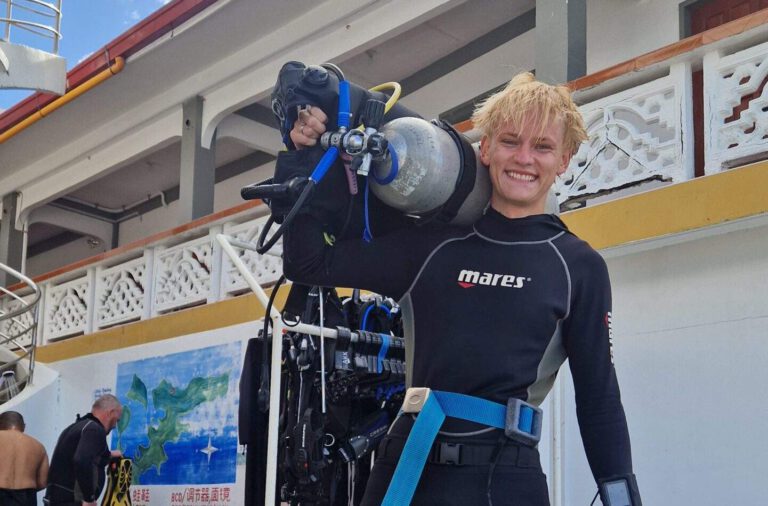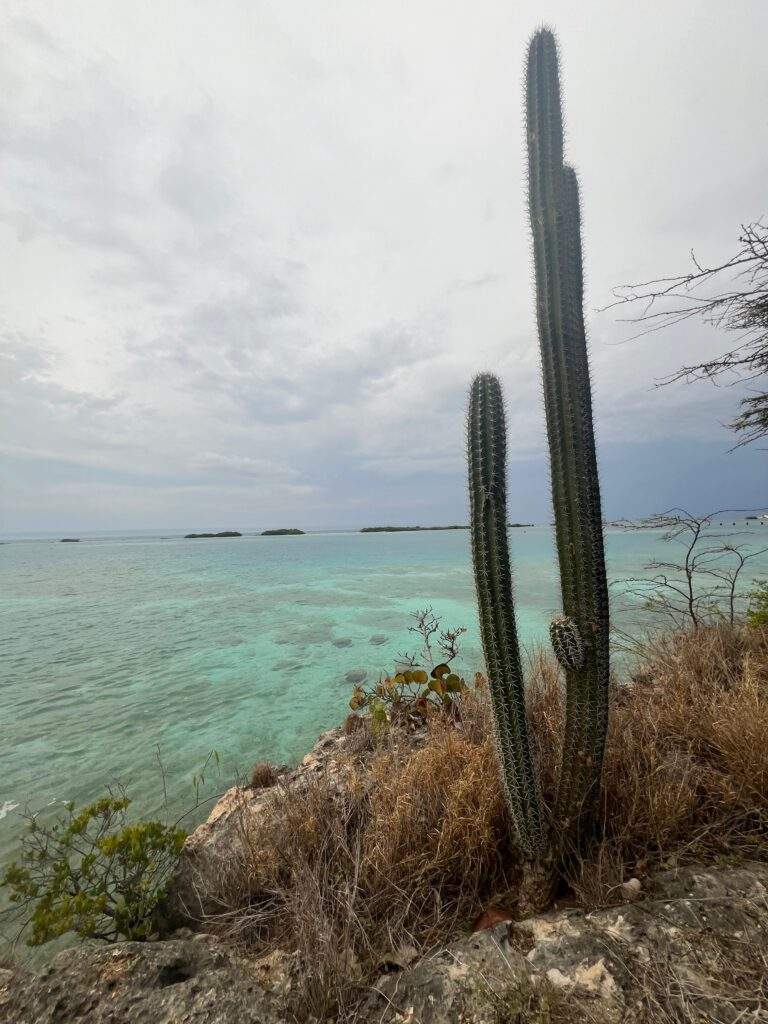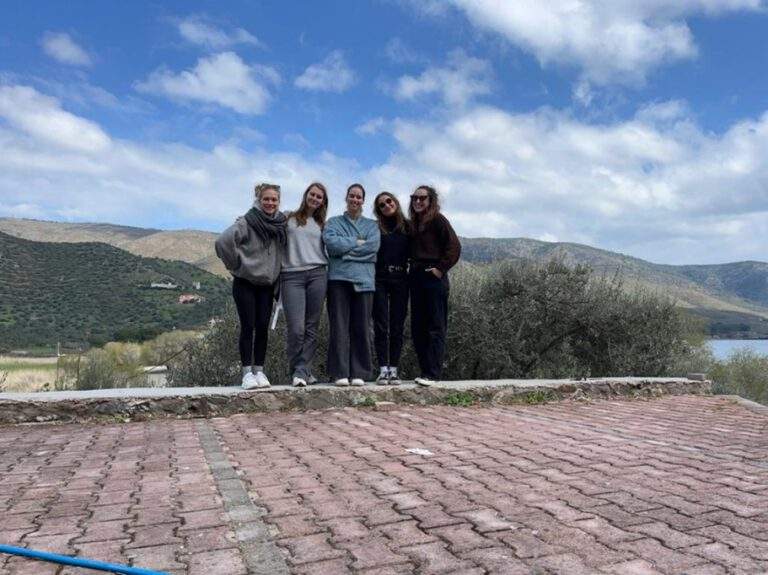Diving in Mallorca
For my MSc thesis fieldwork, I headed to Mallorca, Spain. The largest island of the Balearics in the Mediterranean Sea. Although among tourists the island is often only known for its never-ending party scene, there is a whole other world found beneath the surface which I highly recommend visiting. Whether for snorkelling, freediving or scuba-diving, Mallorca has a lot to offer.
Diving in one of the six marine protected areas is incredible as species abundance and diversity is higher there. The following marine protected areas surrounding Mallorca:
- Sa Dragonera
- Illa del Toro
- Illes Malgrats
- Llevant de Mallorca
- Reserva marina de Migjorn
- Badia de Palma
I especially loved diving in El Toro where, in particular later during the summer months, you can observe Dusky Groupers in spawning season, Bluefin Tuna, Greater Amberjacks and Moray Eels. Both in the MPA El Toro as well as in the Bay in front of El Toro you can observe yellow mouth barracudas. Not a few but sometimes a lot, a lot. How much did we see? I joined some divers and that day we saw approximately 200 – 300 juvenile individuals. It was great fun!
Freediving
If you are into freediving and you end up being in Mallorca between the end of April and the beginning of June, I highly recommend visiting Delta, heading towards the Mhares Sea Club and then walking down along the rocky coastline to the sea. It’s stingray season! Stingrays and sharks, elasmobranch species, are endangered in the Mediterranean. At Delta, you can see common stingrays, rough tails and eagle rays, although the common stingrays are most frequently encountered.
You can observe those species and sometimes also beautiful flying gurnards both on sandy bottoms as well as on Seagrass meadows. In the Mediterranean, this often happens to be the endemic Neptune grass species, also called Posidonia by locals. It is often also prescribed as ‘the lungs of the Mediterranean’ which might highlight the importance of this species for entire ecosystem functioning and dynamics.
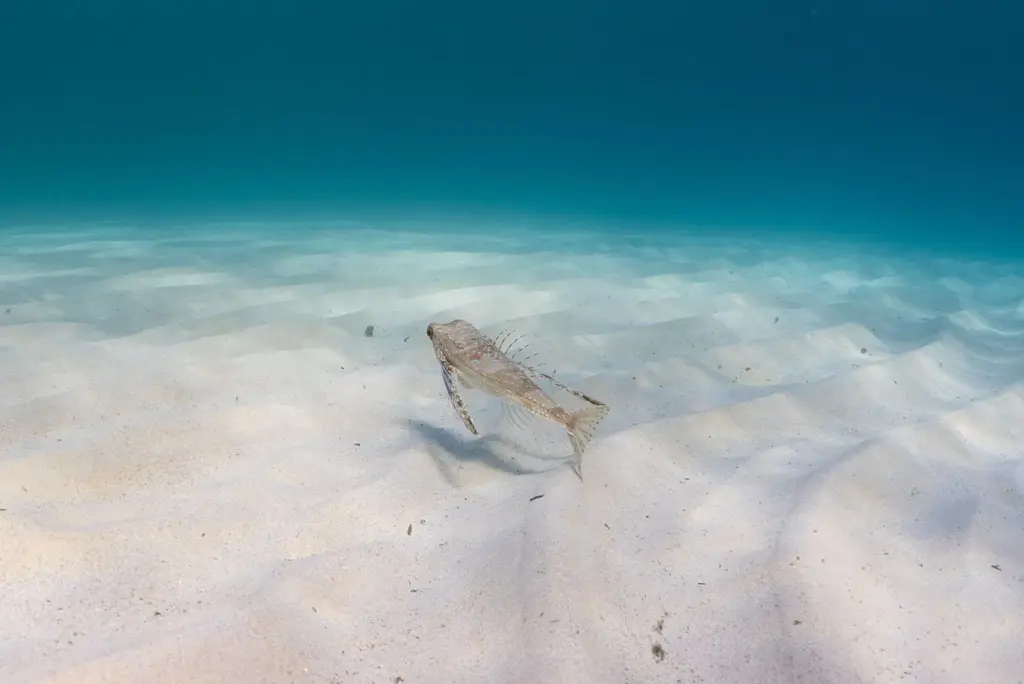
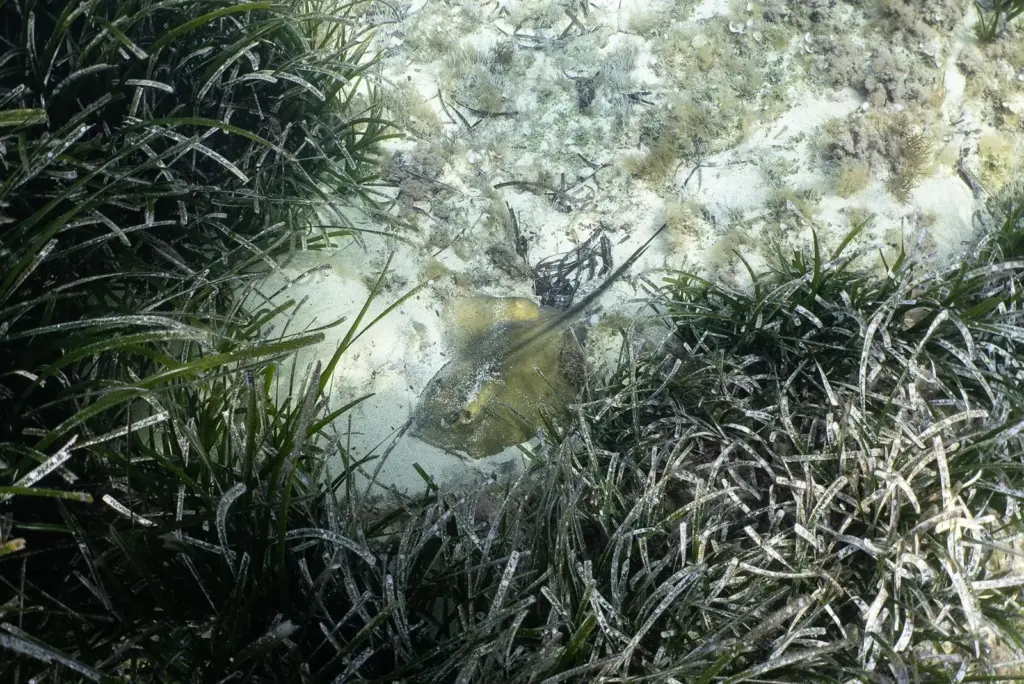
Diving in Seagrass meadows
Diving in Seagrass meadows has something meditative to it. If you are lucky you can spot pipe fish! Salema schools with its golden stripes that run down the length of its body are very common also they are one of the species feeding from the Neptune grass. Furthermore, diverse comber and sea bream species can be observed as well when diving above Seagrass meadows. With the organisation Xarxa Posidonia, I joined a couple of voluntary days during my fieldwork period where we carried out density and coverage Neptune grass transects. Working underwater. Diving with a purpose. It was amazing! You could check out their Instagram to see whether they have something planned when you are there! We went diving in Cala Tuent which I can highly recommend! Already getting there is astonishing as you drive through the Tramuntana mountain range which is surely worth visiting for a hiking day also!
North of Mallorca
In the North of Mallorca, I did my AOWD in the Bay of Pollença. Scuba Mallorca and Tramuntana Diving are the dive centres on location. At Tramuntana, you can do a three months long summer internship during which you can get your Divemaster certificate then in exchange! Cave diving and freediving are also one of their specialities. With Scuba Mallorca I also did a great night dive in Cala Sant Vicenç where we observed tiny cuttlefish and a common octopus.
I wish you lots of diving excitement in Mallorca by exploring the crystal clear underwater world of the Mediterranean sea!
– Alba Pulskens
